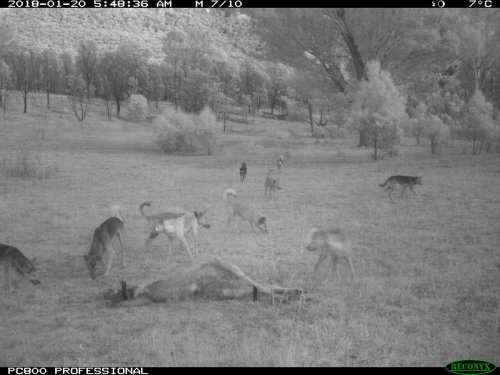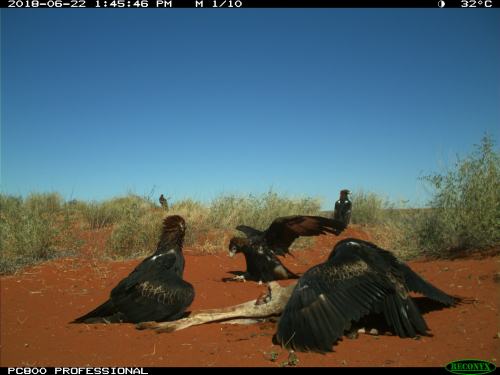
Background
Carrion is a nutrient- and energy-rich resource that is used by a variety of organisms, particularly carnivorous vertebrates, arthropods and microbes. It can influence the movements and spatial distribution of scavenging species and, as many scavengers are also predators, the presence of carrion may have cascading effects on live prey.
The degradation of a carcass further influences soil properties, as well as the growth of certain plant species in the vicinity of the resource. Thus, carrion has the potential to affect many aspects of community ecology, and to play key roles in nutrient cycling and in shaping food-web dynamics through both direct and indirect pathways.
But despite the potential community-wide impacts of this resource, carrion ecology remains understudied, and research on the topic is primarily northern hemisphere based.
A new project to fill the knowledge gaps
Project OzScav’s main directive is to investigate the role of carrion in ecological communities in Australia.
Specifically, this project:
(1) explores how carrion is used by Australian vertebrates, arthropods and microbes,
(2) determines whether the presence of carrion has cascading impacts on surrounding live prey, and
(3) examines the effects of carrion on soil nutrients and subsequent plant growth surrounding the resource.
The project currently spans three study systems across Australia, representing temperate, subalpine and desert biomes.
Our main funding and project partners include @BushHeritageAus, @NESP, @ausgeo, @EcolSocAus, @Science_Academy, NSW National Parks, and Australia and Pacific Science Foundation.
Data are providing insight into the role of carrion in Australian food-webs, and, as study locations are situated on National parkland and conservation reserves, data are also contributing directly to local land management (e.g. by informing land managers of the potential impacts of carcasses left to lie in the environment following culling events).
Project updates as well as student and volunteer opportunities will be posted on this website, via my own twitter account (@NewsomeTM) and via the twitter account of Emma Spencer who is a PhD student on the project (@EE_Spencer).
Feel free to get in contact if you have any questions!
Check out the hungry lace monitor on the video link below:
Here is a pack of dingoes checking out one of the carcasses we are monitoring:

Wedge-tailed eagles are often the first to find and scavenge on the carcasses:

